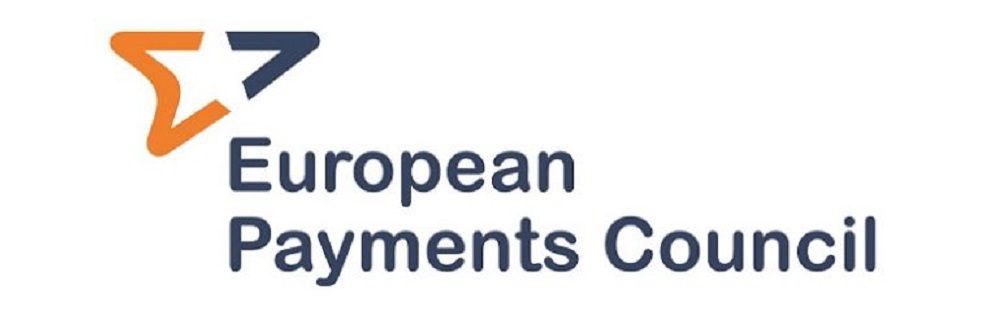
The European Payments Council (EPC) has determined that „the launch of the Verification of Payee (VOP) scheme on 5 October 2025 was a remarkable collective success” for the community of European payment service providers (PSPs) and their technology service providers, according to a press release.
This joint effort has delivered a key infrastructure and end-user service that will help make Account-to-Account (A2A) payments safer and fight fraud across Europe.
The VOP scheme was created to help PSPs meet the new obligations arising from the SEPA Regulation as amended by the Instant Payments Regulation (IPR) (EU) 2024/886. VOP has had an impressive uptake in the months following the initiation of the adherence process.
As of early November 2025, 2,785 PSPs have joined the scheme; 2,719 are able to operate and reachable; and 58 Routing and Verification Mechanisms (RVMs) are active across 23 European countries. This surpasses initial expectations and shows strong readiness and cooperation across the SEPA community.
Smooth rollout and lessons learned
Behind the successful launch lie two intensive years of coordination. The EPC’s Directory Service (EDS), which went live on 2 September 2025, ensured scheme-wide reachability and full interoperability between PSPs and RVMs, while the API Reference Toolbox (ART) platform allowed for automated certification and increased interoperability. The EPC Secretariat kept the deployment on track by managing the nearly 1,400 support tickets opened by PSPs and RVMs between April and October 2025.
In the critical launch week, between 5 and 12 October, the EPC kept a virtual chatroom open to all RVMs in order to monitor the deployment on an ongoing basis. According to formal feedback received by the EPC in the weeks following the launch, the rollout of the VOP scheme went smoothly and was widely considered to have exceeded expectations.
Success was driven by an open and factual collaboration by all stakeholders, strong central coordination, and the availability of a centralised IT directory service (EDS) for reachability and interoperability. Effective and continuous communication – through FAQs, online meetings, and video guides – helped scheme participants, RVMs, and other technical stakeholders stay informed and resolve issues quickly.
While some technical issues were identified before and during the launch, most were solved or mitigated in the weeks following the deployment. The overall project including the EDS and ART platforms was completed by the EPC on time and within budget. The phased rollout approach, with active participation of key technical stakeholders and a structured monitoring of critical deployment phases, is a model for future European payment initiatives.
Looking ahead
The EPC expects VOP participation to continue growing, with forecasts exceeding 3,000 PSPs by mid-2027, when IPR obligations will extend to European Economic Area (EEA) non-Euro PSPs.
Giorgio Andreoli, Director General of the EPC, said: “The successful first month of the VOP scheme marks more than just a technical milestone. It reflects the dedication and professionalism of the EPC Secretariat team, of the dozen experts directly involved in EPC working groups, and of all the PSPs, RVMs, and technical players involved in making this happen – in other words, thousands of people scattered across Europe and working together. We have shown how much progress Europe’s payments community has made in building a secure, resilient, and innovative environment that strengthens trust for instant transactions. VOP deployment will not only help fight fraud, but also provide a platform for further payments innovation and harmonisation across Europe.”
Banking 4.0 – „how was the experience for you”
„To be honest I think that Sinaia, your conference, is much better then Davos.”
Many more interesting quotes in the video below: